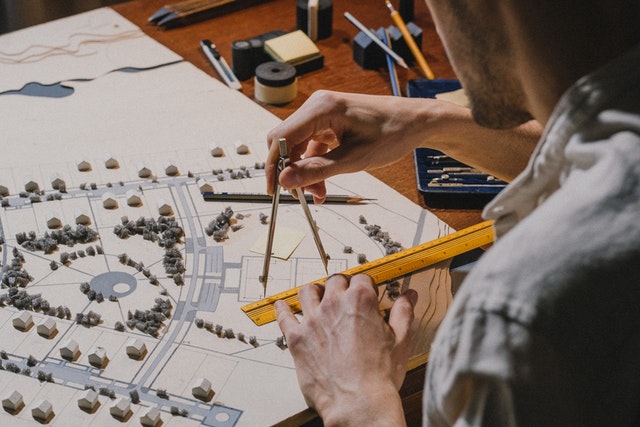Perhaps you have a pool or patio job that is too large to manage, and you need to hire a professional. On the other hand, maybe you or a family member enjoys working with plants and creating and constructing things so much that one of you wants to pursue a career in landscape architecture or design.
What exactly is the distinction between landscape architects and garden designers? More than you may believe.
Table of Contents
Landscape Architects
To call oneself a landscape architect legally, you must obtain a bachelor’s or master’s degree in landscape architecture from a university and be licenced by the state to design and work on landscape projects. Traditionally, they have graduated from institutions authorised by the American Society of Landscape Architects (ASLA) and have completed the necessary tests to become licenced. A competent and recognised landscape architect has expertise or training in dealing with complicated difficulties in commercial and residential settings.
Licenced landscape architects have planned and designed parks, campuses, gardens, cemeteries, commercial areas, resorts, transit infrastructure, and waterfront projects. They also design and plan the rehabilitation of human-damaged natural regions such as wetlands, stream corridors, mined areas, and wooded land. In addition, landscape architects with a background in and appreciation for historical landscapes and cultural resources may engage in preservation planning projects for national, state, and municipal historic outdoor sites and places.
Landscape architects will work in the private, public, and academic sectors.
Designers of Landscapes and Gardens
The fundamental difference between landscape architects and landscape designers is that landscape designers often focus on smaller residential projects. In addition, while some landscape designers may have training comparable to that of a landscape architect, particularly if they have an undergraduate or higher degree in landscape architecture, they may not have the required state licensure.
Some landscape designers are self-taught, while the vast majority have completed college, university, extension or certificate programmes, or online courses. To put it another way, you can’t just decide to call yourself a landscape designer one day.
The majority of landscape designers deal with plants. Some landscape or garden designers may be familiar with hardscape, particularly in drought-prone areas (such as California and Nevada), where stones and bark are utilised as often as succulents and indigenous. However, a professional landscaping contractor must be brought into the project to handle actual earth-moving construction, green wall building, or electrical work.
You will have a conversation or interview with a landscape designer regarding the project. Typically, the designer will visit your house, inspect the yard, take photographs, and inquire about plant preferences, garden upkeep, budget, etc. The designer will generate a plan view drawing and a plant list. Depending on how the designer works, he may accompany you to local nurseries, provide ideas or assist you in shopping for materials and furniture, and do simple plant installation. Next, they will recommend another landscaping contractor or specialist to conduct the practical work, which might entail digging an existing garden and hardscape, creating patios and decks, and planting.

